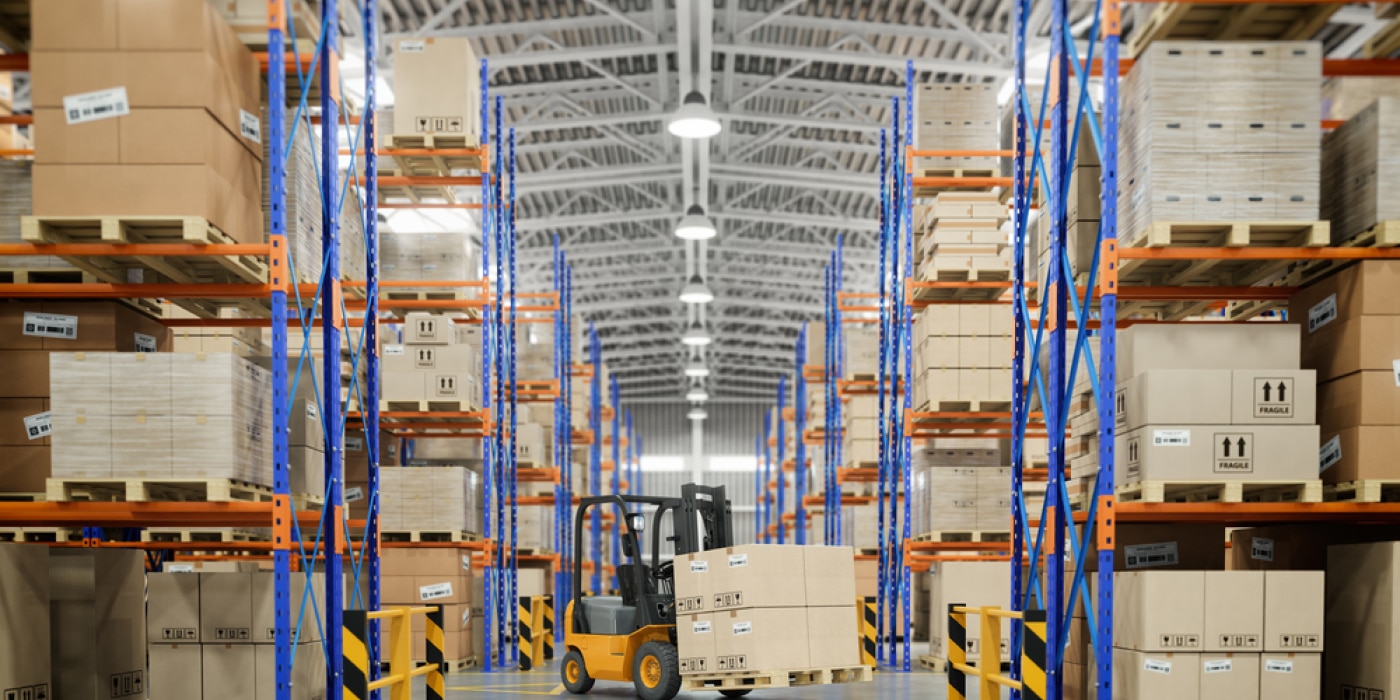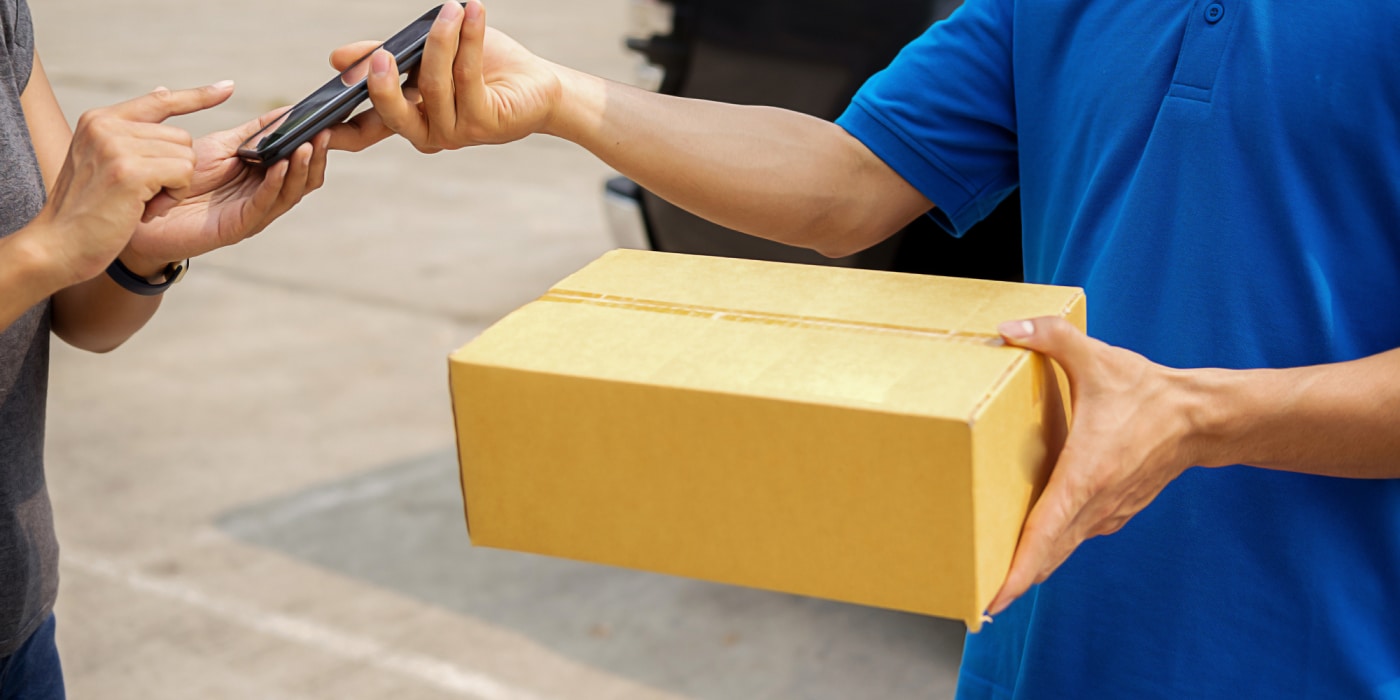5 Ways Technology is Changing the Fulfillment and Delivery Workforce
Technology is revolutionizing every aspect of the fulfillment and delivery landscape. From warehouse operations to last-mile delivery, innovative technologies are reshaping the way work is done and transforming the roles and responsibilities of the workforce. The modern workforce is adapting to increasingly automated workflows and sophisticated systems to enhance workforce optimization and improve fulfillment and delivery accuracy, speed, and efficiency.
Here’s a look at how technology is changing the fulfillment and delivery workforce and reshaping the future of fulfillment and delivery services.
Automation in Warehousing
One of the most significant impacts of technology in the fulfillment industry is the integration of automation and robotics in warehouses and fulfillment centers. Automated systems, including robotic pickers, autonomous forklifts, and automated storage and retrieval systems are becoming more commonplace. These technologies are streamlining warehouse and fulfillment operations, increasing efficiency, and reducing the need for manual labor. Minimizing repetitive, physically-demanding tasks opens up opportunities for workers to engage in more complex, rewarding roles. Training programs can equip workers with the necessary skills to maintain and manage new technologies, adapt to changing job roles, and enhance productivity.
Staples and RightHand Robotics recently announced a new multi-year agreement to deploy RightHand’s RightPick robots across Staples fulfillment centers. The robots will perform item handling with an underlying goal of shortening delivery times. RightHand Robotics nearly doubled the range of items that its stations can accommodate, bringing the number of necessary human interventions down by 80% since the work with Staples began. Staples hopes to leverage the technology to enable next-day delivery to over 98% of the U.S.

On-Demand and Gig Work Platforms
Technology platforms that connect gig workers with on-demand delivery opportunities are on the rise. These platforms provide flexibility for workers to choose when and where they work, while also enabling companies to scale their workforce based on demand fluctuations. Platforms such as Uber Eats, DoorDash, and Instacart rely on app-based systems to match freelance delivery personnel with tasks. This model offers flexibility and autonomy for delivery drivers but also introduces challenges related to job security, benefits, and consistent income. However, some companies are working on improving the freelance delivery driver’s experience.
Gopuff has joined forces with Robinhood to give the quick-commerce platform’s delivery drivers access to Robinhood Retirement For Independent Workers. The move makes Gopuff one of the first companies to enable its independent workers to take advantage of the only IRA with a match (provided by Robinhood) on every eligible dollar contributed, with no commissions, account minimums or traditional employer necessary. Additional benefits include discounts on groceries and fuel, and increased and discounted access to insurance.
Last-Mile Delivery Innovations
Innovations in last-mile delivery are reshaping the delivery workforce. Delivery drivers may need to adapt to new technologies and delivery methods and develop new skills, such as operating drones, maintaining delivery robots, or managing deliveries to smart lockers. Starship Technologies’ robots have traveled 11 million miles across neighborhoods and campuses across the U.S. and Europe, making 6 million deliveries. The company recently raised new funds to fuel more geographic expansion. Walmart, which uses drones from partners such as Zipline and Wing to deliver to customers nationwide, is adding 1.8 million households to its Dallas-Fort Worth service area, which will soon cover three-quarters of the area’s population.
Harbor Lockers, a division of the smart locker manufacturer Luxer One, recently announced that it would be creating a national on-demand locker marketplace in North America with the goal of creating 25,000 lockers for the North American market by 2025. Harbor Locker said that its Public Marketplace Locker Network is the world’s first on-demand locker marketplace offering users 24/7 access to products as well as robot deliveries through a partnership with Ottonomy.io and its Ottobot Locker. As new delivery technologies continue to expand, continuous learning ensures that employees remain valuable and versatile members of the workforce, capable of navigating the evolving technology landscape.

Delivery Management Systems
Many delivery management functions are still time-consuming and inefficient due to outdated legacy technology and manual processes. This hinders workforce communication and collaboration capabilities, leading to dissatisfied customers and poor delivery performance. However, cloud-based delivery management systems provide shippers with all of the tools they need to track, orchestrate, and manage deliveries effectively in one comprehensive solution.
Advanced route planning and scheduling capabilities enable businesses to plan and assign delivery routes in advance. Taking various constraints into account including vehicle capacity, weight, and volume helps ensure companies allocate the right resources to the right deliveries, optimizing resource utilization. Asset sharing capabilities allow businesses to share drivers across different locations, increasing driver productivity while maximizing underutilized vehicles.
Driver Apps
Mobile apps designed for drivers offer a range of functionalities to streamline operations on the road. Driver apps allow drivers to view assigned tasks and access important information digitally, improving productivity and reducing paperwork. Drivers know the exact pickup and dropoff location for each delivery on the route and can use route navigation tools to reach their destination. Drivers can also use their mobile apps to capture proof of delivery including signatures, photos, or barcodes upon delivery.
Digital proof of delivery eliminates the need for paper documentation, reduces errors, and provides real-time visibility into delivery status. Mobile apps also enable drivers to communicate with dispatchers and managers in real-time. Managers can easily provide drivers with real-time updates on tasks, route changes, and schedule adjustments. By improving communication, companies can minimize delays and ensure that drivers are always informed and prepared to complete their tasks and provide exceptional delivery service.
Technology is driving profound changes in the fulfillment and delivery workforce, reshaping job roles, responsibilities, and workflows. By embracing technological advancements and investing in workforce development, companies can navigate the evolving landscape of work in fulfillment and delivery operations and position themselves for success in the digital age.
For more information about how our delivery management solution can help you manage your deliveries more efficiently, please contact info@bringoz.com.
